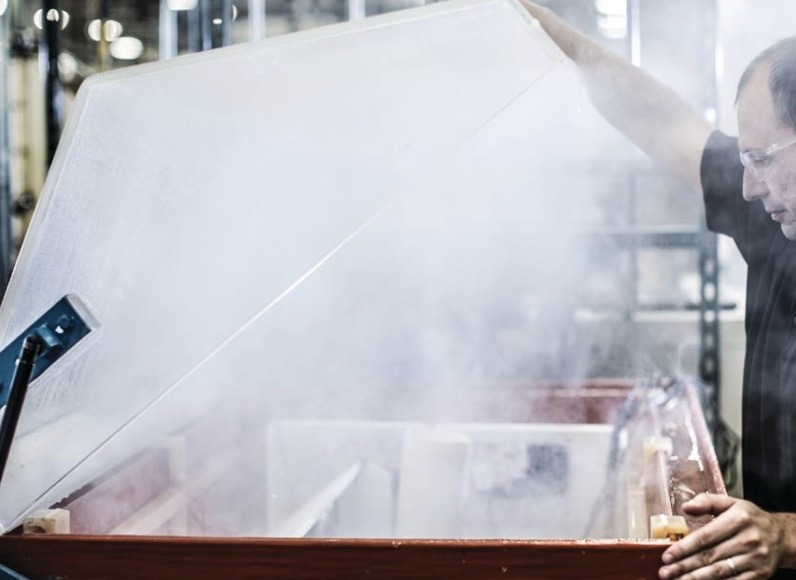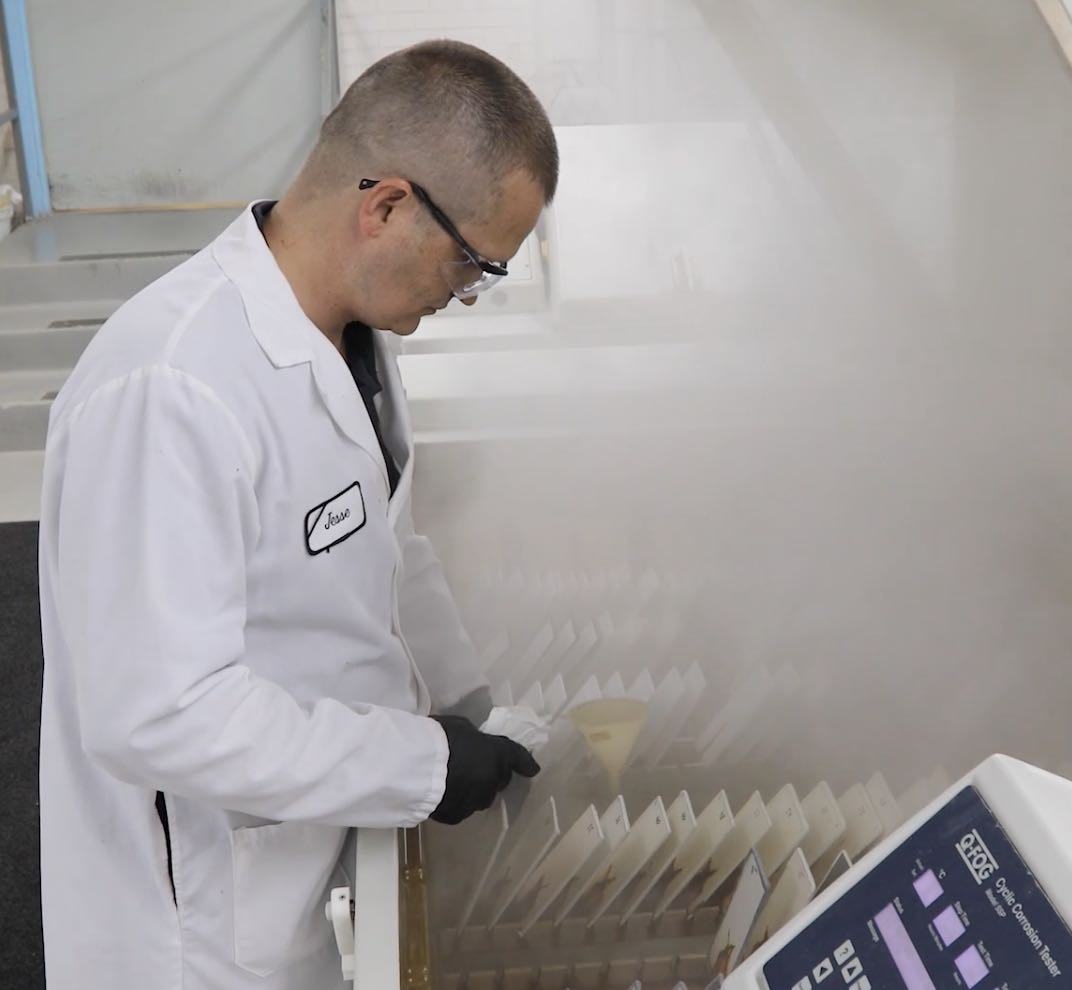
What is ASTM B117 (Salt Fog) Testing and Why is it Important?
Discover the significance of ASTM B117 Salt Fog Testing in evaluating corrosion resistance for various industries, ensuring material durability and compliance with quality standards.
- High Performance Coatings
What is ASTM B117 Salt Fog Testing?
ASTM B117 (Salt Fog Testing) is a comprehensive standard test method developed by the American Society for Testing and Materials (ASTM). This method is specifically designed to assess and determine the resistance of metallic materials to corrosion when they are exposed to a salt spray or salt fog environment, which simulates the harsh conditions these materials might encounter in real-world applications. The test procedure involves subjecting the material to a continuous and controlled mist of salt water, which is typically a solution of sodium chloride, for a specified period that can range from hours to several weeks, depending on the requirements of the test. After this exposure, the material's corrosion resistance is evaluated through a detailed visual inspection to identify any signs of rust, pitting, or other forms of degradation. Additionally, other analytical methods may be employed to provide a more quantitative assessment of the material's performance, such as measuring the thickness of any corrosion products or using advanced imaging techniques to analyze the surface condition. This rigorous testing process ensures that the materials can withstand corrosive environments, thereby helping manufacturers and engineers make informed decisions about material selection and product design.
Why perform ASTM B117 Salt Fog Testing?
ASTM B117 is of significant importance because it offers a standardized and highly reliable method for evaluating the corrosion resistance of metallic materials, including but not limited to coatings, platings, and various components, that are subjected to harsh and potentially damaging environments. This method is crucial for coating manufacturers as it enables them to ensure that their products consistently meet stringent quality and performance standards, which are essential for maintaining the integrity and longevity of their offerings. Furthermore, it assists engineers and designers in making informed decisions when selecting the most suitable materials for specific applications, ensuring that the materials chosen can withstand the environmental challenges they will face. By providing a consistent framework for testing, ASTM B117 helps in minimizing the risk of material failure, thereby enhancing the safety, reliability, and durability of products across a wide range of industries. This comprehensive approach not only supports the development of high-quality products but also fosters innovation by allowing for the exploration of new materials and coatings that can offer superior resistance to corrosion.

What industries benefit from ASTM B117 Salt Fog Testing?
ASTM B117 is extensively utilized across a diverse range of industries, including water and wastewater management, aerospace, marine, and construction sectors. In these fields, corrosion resistance is not just a desirable attribute but a critical factor that plays a pivotal role in ensuring the safety, reliability, and longevity of products and structures.
For instance, in the water and wastewater industries, components and systems are frequently exposed to harsh, corrosive environments, making it essential to use materials that can withstand such conditions to prevent failures and maintain operational efficiency. Similarly, in the aerospace industry, where safety is paramount, the ability of materials to resist corrosion can significantly impact the performance and lifespan of aircraft components. In the marine sector, the constant exposure to saltwater and humid conditions necessitates the use of materials that can endure these challenges to ensure the durability of ships and offshore structures. The construction industry also relies heavily on corrosion-resistant materials to maintain the structural integrity of buildings and infrastructure over time. Furthermore, adherence to ASTM B117 is often mandated by various regulations and standards, such as ISO 9227, which outlines specific salt spray test conditions and acceptance criteria for coatings and other materials. Compliance with these standards is crucial for manufacturers and engineers to ensure that their products meet the necessary quality and performance benchmarks, thereby safeguarding against potential failures and enhancing the overall safety and reliability of their offerings.
For more detailed information on ASTM B117, including its applications, benefits, and limitations, or to engage in a comprehensive discussion about coatings that are most effective and durable for sea-side applications, it is highly recommended to reach out to a High Performance Coating Consultant. These experts possess extensive knowledge and experience in the field of protective coatings and can provide valuable insights into selecting the most appropriate materials and techniques to ensure optimal corrosion resistance in challenging environments. They can guide you through the intricacies of the ASTM B117 testing process, help interpret test results, and offer tailored solutions that meet specific industry requirements. Whether you are looking to enhance the longevity of marine structures, improve the durability of automotive components, or ensure the reliability of aerospace equipment, consulting with a specialist can be an invaluable step in achieving your goals.
Check out these additional resources:

What is ASTM D4585 (Accelerated Weathering)...
ASTM D4585 is a standard practice developed by...

What an Engineer should know before spec'ing High...
There are many factors that should be considered...

Decoding High Performance Coatings: A Comparative...
Explore the cutting-edge world of high...